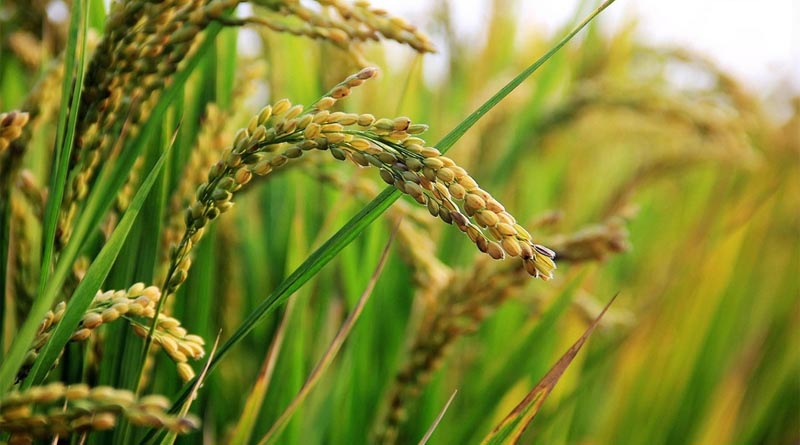Chinese scientists discover key new genes for salt tolerance in rice
08 February 2024, China: The reporter learned on the 7th that the Shenzhen Institute of Agricultural Genomics of the Chinese Academy of Agricultural Sciences (Shenzhen Branch of the Guangdong Laboratory of Lingnan Modern Agricultural Science and Technology) joined forces with the Yazhou Bay National Laboratory, the Institute of Wetland Agriculture and Ecology of the Shandong Academy of Agricultural Sciences, and China Rice Research The institute and other units mapped the expression profile of the rice super pan-genome population under salt stress and successfully unearthed the new key excellent salt-tolerance gene STG5 in rice. This research is of great significance to the improvement of rice salt-tolerance breeding. Relevant research results were published in the academic journal “National Science Review” on February 6, Beijing time.
Shang Lianguang, the leader of the study and a researcher at the Shenzhen Institute of Agricultural Genomics of the Chinese Academy of Agricultural Sciences, said that salt stress will cause varying degrees of harm to various stages of rice growth and development, thereby leading to a reduction in rice yield. Breeding salt-tolerant rice is an important measure for the development and utilization of saline-alkali land. Therefore, in-depth identification of the salt tolerance of different rice germplasm resources and analysis of the superior salt-tolerant alleles and molecular mechanisms of rice can lay a good theoretical foundation and germplasm materials for the cultivation of salt-tolerant rice varieties.
The researchers constructed the expression profiles of the rice super pan-genome population under normal and salt stress, systematically analyzed the salt tolerance of the population at the seedling stage, evaluated multiple salt-tolerance trait indicators, and combined the genome-wide association analysis of the super pan-genome to discover multiple New site of salt tolerance. Among them, a salt-tolerant major gene STG5 was identified, and it was found that introducing the STG5 allele from the salt-tolerant rice variety “Haidao 86” into the salt-intolerant rice variety “Nipponbare” can significantly improve the quality of “Nipponbare”. Salt tolerance, this gene is mainly involved in regulating the steady-state balance of Na+/K+, and has great application potential in the breeding of salt-tolerant organisms. This research provides abundant resources for the mining of excellent salt-tolerant alleles, and will provide relevant genetic resources and theoretical support for the development and cultivation of new salt-tolerant rice varieties.
Also Read: Best Agrolife to manufacture a combination of Trifloxystrobin, Thiamethoxam, and Thiophanate Methyl under the brand name Warden Extra
(For Latest Agriculture News & Updates, follow Krishak Jagat on Google News)















